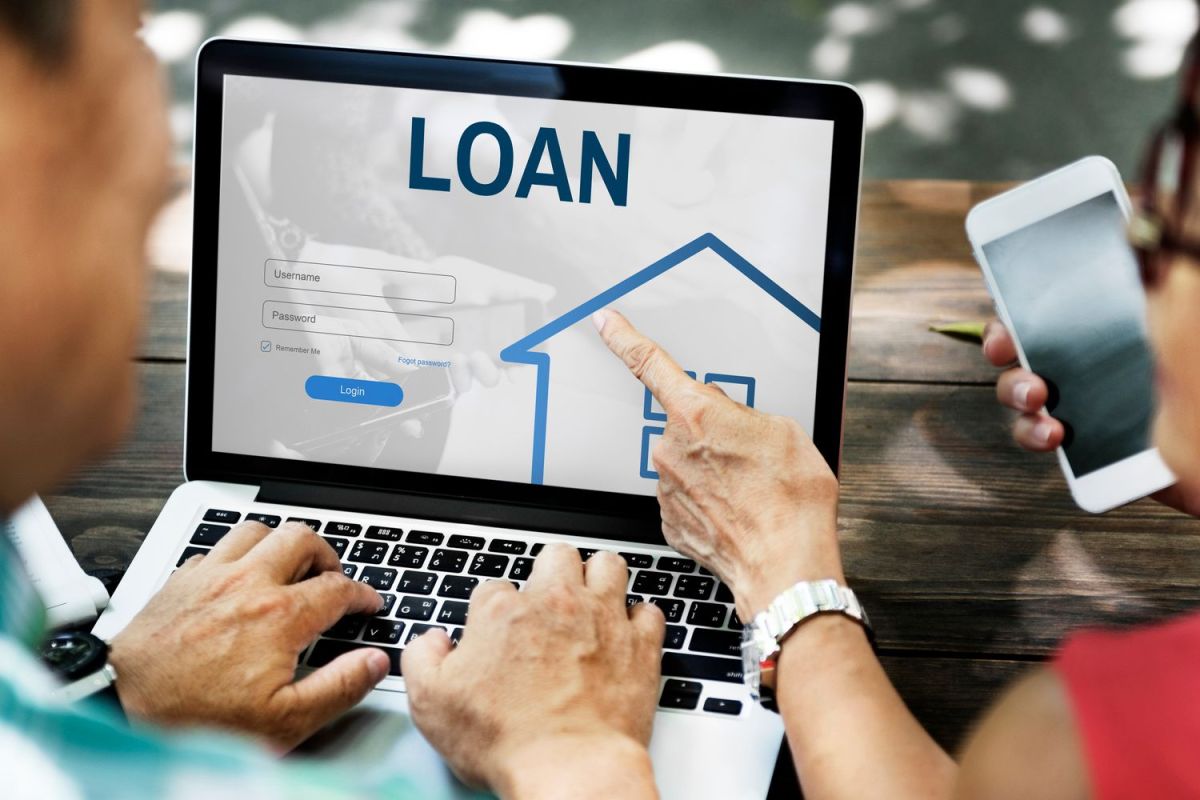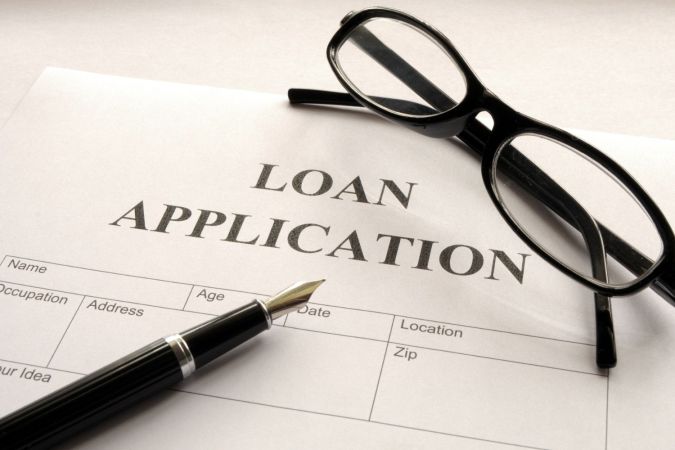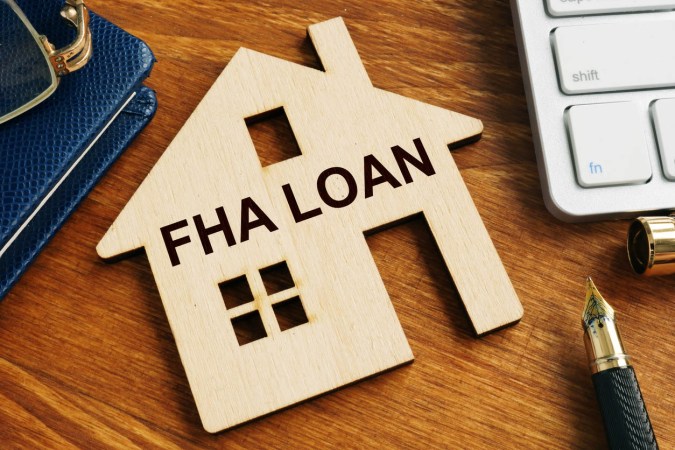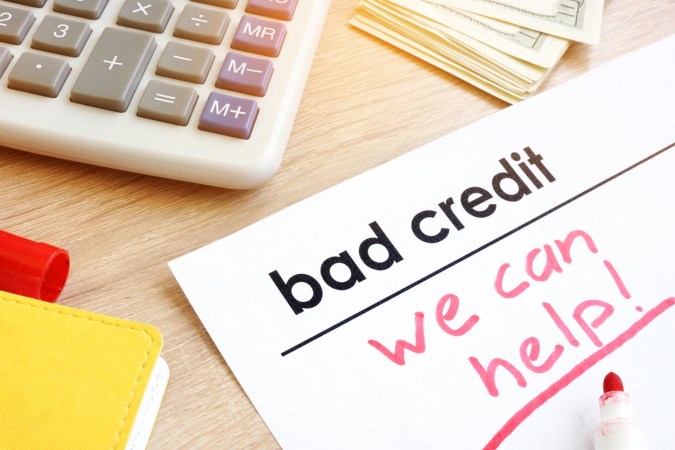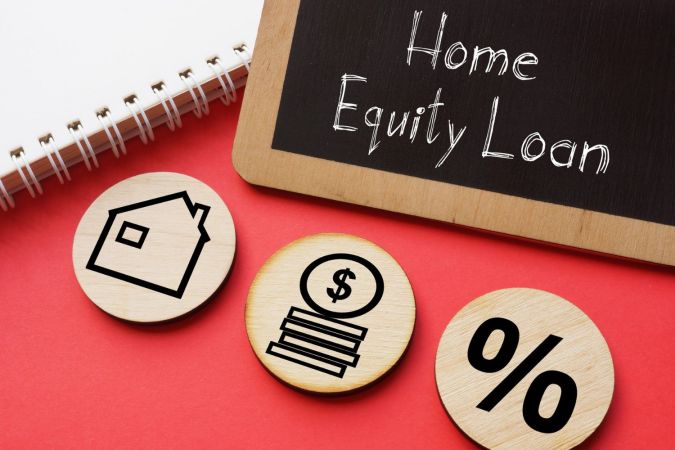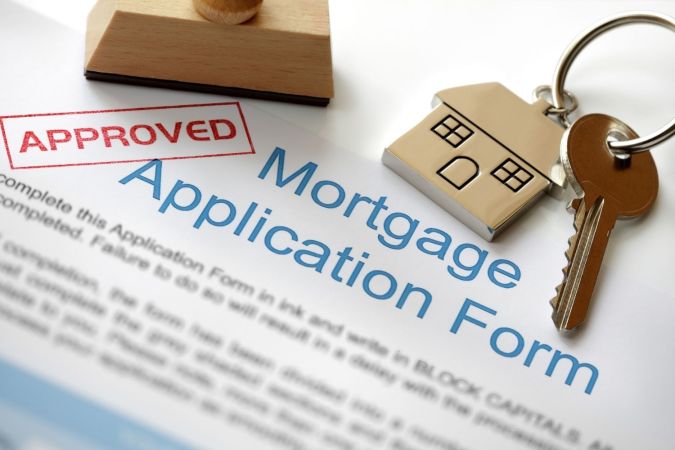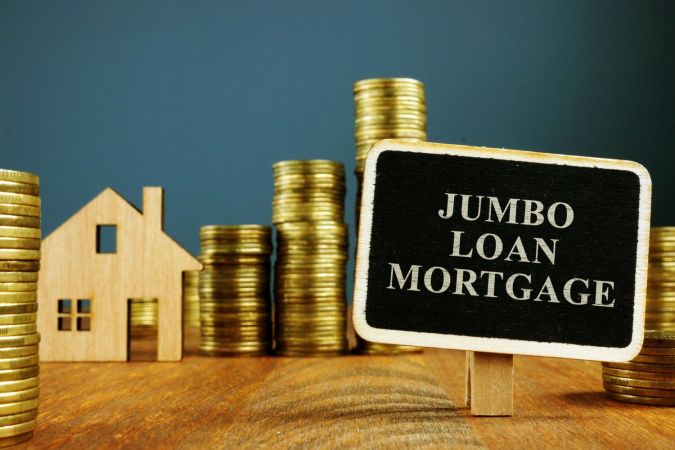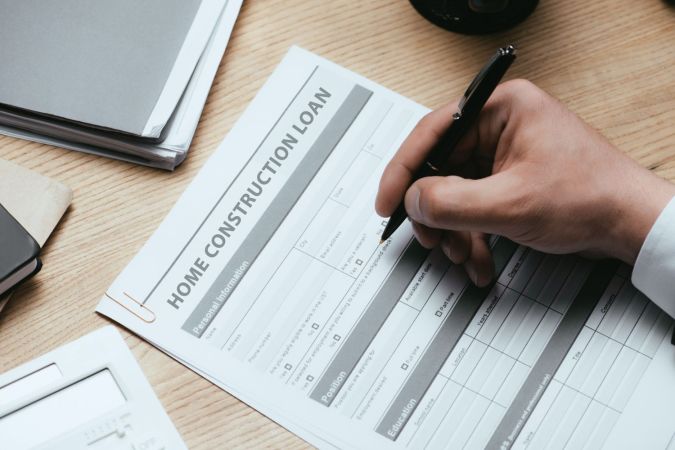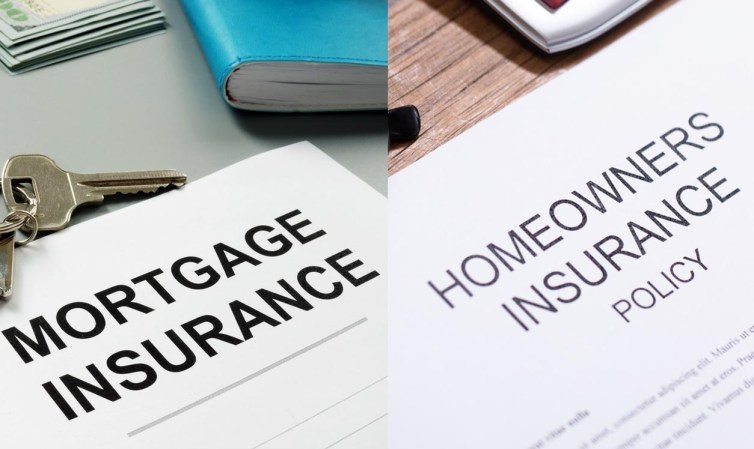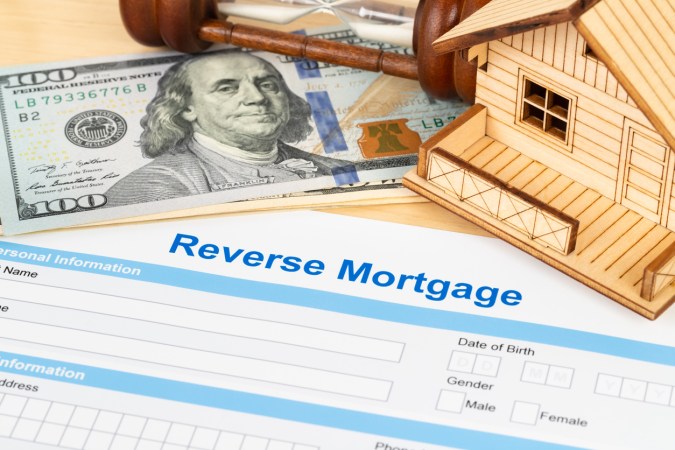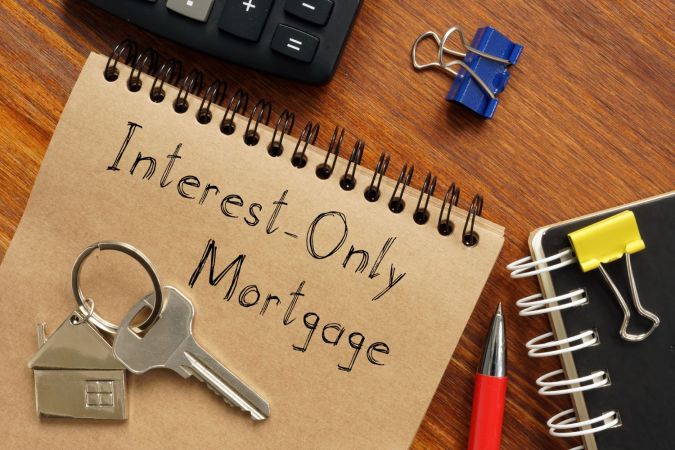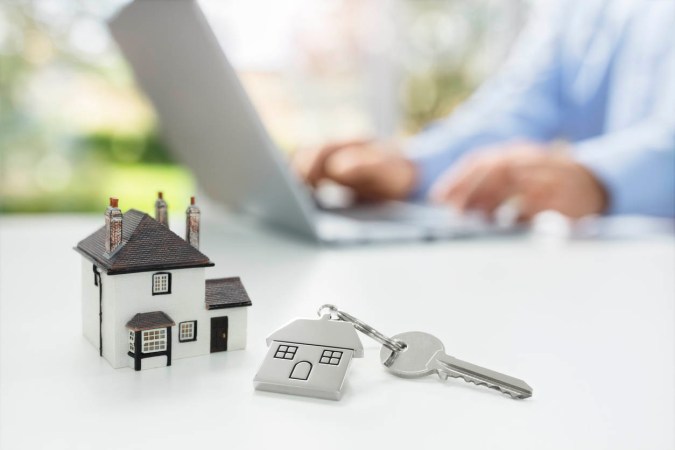We may earn revenue from the products available on this page and participate in affiliate programs. Learn More ›
Q: I’ve been saving for a while to buy my first home, and just recently started looking at mortgage options. There are so many products, and so many acronyms and terms—it’s like it’s intentionally confusing. What are the types of loans for a home that I can choose from, and which one is best for me?
A: If you’re new to the home-buying market, the mortgage field can seem very overwhelming, but with a little reading and research you’ll be speaking the language of home loans sooner than you think. The term “mortgage” suggests that there’s one loan product that everyone gets when they buy a house, but the fact is that there are many types of loans for home purchases. Depending on your financial position and the type of home you’ll be purchasing, you may find one or more products to compare before you find the loan that’s right for your situation. Breaking down the different products may seem like reading a different language, but soon you’ll be able to tell the differences between FHA and USDA and FICO like a pro so you can choose the best type of mortgage loan for you.
There are two types of conventional loans (also called a conventional mortgage). A conventional loan is ideal for financially stable home buyers with at least a 3 percent down payment.
Conventional loans are what most people think of when they consider taking out a mortgage on a home. These are basic house loans in which the borrower puts down a percentage of the home’s price as a down payment and borrows the rest from a lender, with a mapped-out amortization plan to pay back the balance and interest over 15, 20, or 30 years (some lenders may have more flexible terms). The most important distinction between conventional loans and other mortgages is that conventional loans are not backed or insured by the federal government, so they carry a little more risk to the lender. While in general they cost a little less over time than other loans, you’ll have to have a strong financial position to qualify and may have to add the cost of private mortgage insurance (PMI) until you’ve reached a certain threshold of repayment. Conventional loans are broken into two categories: conforming and nonconforming.
A conforming conventional house loan meets certain standards set by the Federal Housing Finance Agency. This means that once your loan is established, it will qualify for purchase by Fannie Mae or Freddie Mac, two large loan servicers that offer stability and security in the mortgage market, rather than being sold to various banks and other lenders across the country. Conforming loans can be used to purchase a primary residence, second home, or rental or investment properties, so they are more flexible in that regard than some federally insured loans that limit what you can buy. The maximum amount you can borrow with a conforming loan is $548,250, although in some high-cost counties and states or in the case of multiunit dwellings, the maximum is $822,375. You’ll need to put down a minimum of 3 percent of the property’s cost as a down payment, which is great for buyers with a solid financial situation but not a lot of capital, but you may be required to pay for PMI each month until you’ve paid off 20 percent of the home’s value. Once you’ve reached 20 percent, you can request cancellation of PMI if your loan is in good standing. Even with the PMI, your overall cost to purchase a home can be lower with a conforming loan than with other types of mortgages; knowledge that the loan can be acquired by Fannie Mae or Freddie Mac provides some backup for the lender that can result in lower interest rates. Conforming loans are stable and relatively low-cost, and they are the best options for borrowers with strong, stable financial situations and excellent credit and debt-to-income ratios. You’ll need to be prepared to document everything—your employment history, credit reports and scores, your income and other assets, and provide any other verification your lender requires.
Nonconforming loans don’t have the same restrictions as conforming loans because they do not need to meet the requirements of Fannie Mae or Freddie Mac. Nonconforming loans can be acquired in higher loan amounts than conforming loans, and in some cases may be available (at higher interest rates and with larger down payments) for borrowers with less-than-ideal credit.
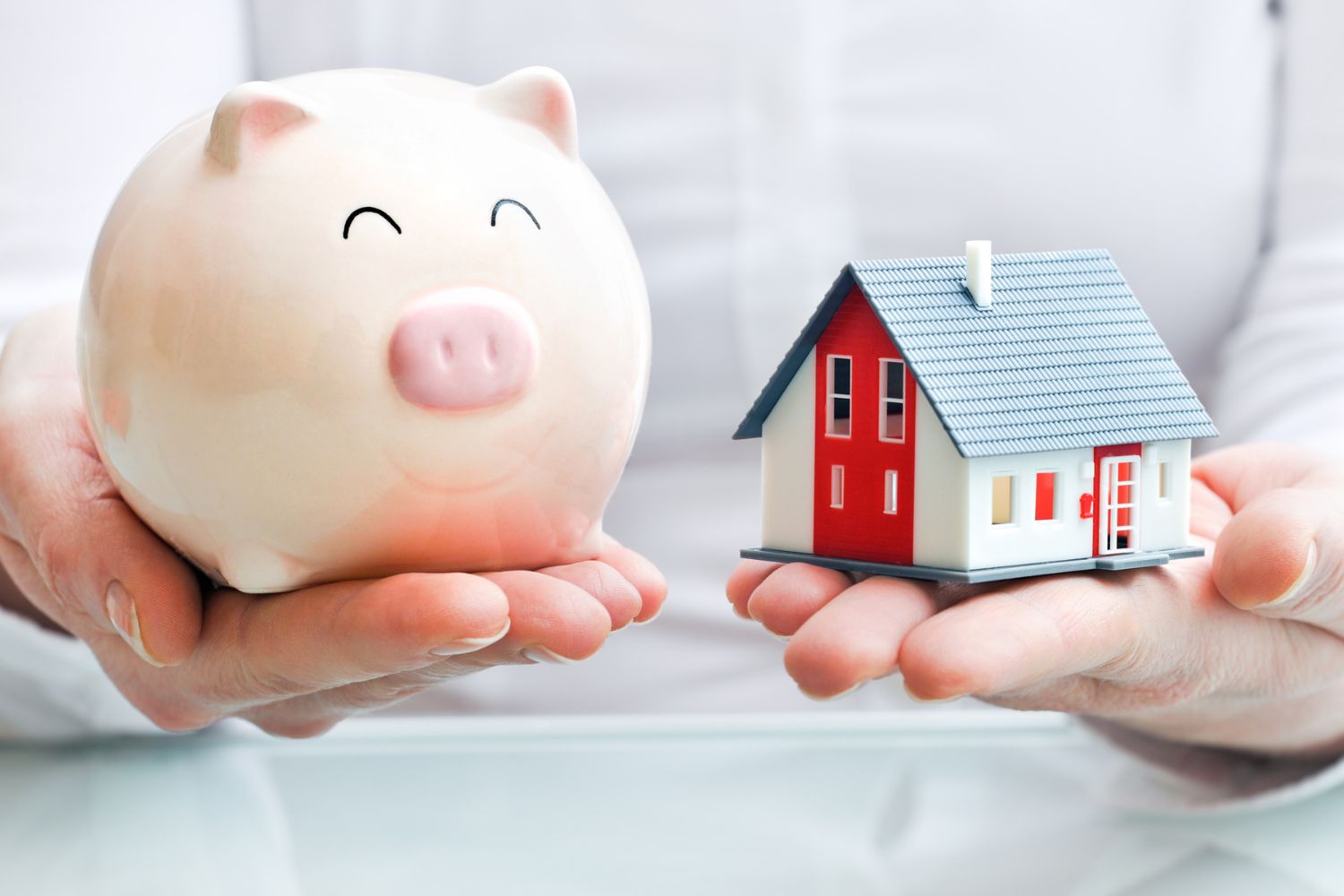
A jumbo loan is ideal for home buyers with a little more spending power.
Jumbo loans are nonconforming loans that allow borrowers to push past the limits of conforming loans. These loans are more common in areas where housing prices are higher or where homes are larger and more luxurious, and therefore more expensive. These loans fall into their own class, and as a result can be offered at interest rates comparable to conforming loans—if borrowers can meet the lenders’ requirements, which tend to be more demanding than they are for smaller loans. You’ll need to have a FICO score of at least 700 in most cases to be considered for a jumbo loan. Your debt-to-income ratio will need to be low, and you should expect to produce a higher-than-average down payment of 10 to 20 percent. These loans are ideal for buyers who need to borrow larger dollar amounts than a conforming loan will permit and who have excellent credit and a low debt-to-income ratio.
There are government-insured loans that can help more people afford buying a home: FHA loans, USDA loans, and VA loans—but buyers must meet certain criteria.
For many years, homeownership was limited to those who were wealthy enough to save substantial down payments while still being able to pay rent. As housing prices increased, this became less and less attainable for many people. While the federal government does not directly lend money for home purchases, it does see homeownership as providing stability for communities and families, and sought to make the dream of homeownership available to more people. As a result, the government developed and guaranteed several types of home loans to help buyers with less ready cash for a down payment or imperfect credit get into homes that they can continue to invest in, rather than being trapped in an endless cycle of renting.
FHA loans are backed by the Federal Housing Administration. Aimed at helping otherwise-qualified buyers who haven’t managed to save large down payments or those whose credit is average (but not excellent), FHA loans are frequently seen as first-time home buyer loan products because they’re helpful for those who don’t have an existing home to sell. FHA loans require a FICO score of 580, which is lower than the 620 required for many other programs, if the borrower can offer a down payment of 3.5 percent. For borrowers who can put down at least 10 percent, a score as low as 500 can be accepted. A word of warning for those who have less than 10 percent as a down payment: FHA loans require an additional payment each month on low-down-payment loans that is similar to PMI, but it cannot ever be canceled and will remain in place for the life of the loan. The only way to remove that extra payment is to refinance the loan after you’ve built up enough equity.
To encourage home buyers to settle in rural areas, the United States Department of Agriculture (USDA) backs loans for moderate- or low-income buyers who are willing to buy homes in designated areas that are off the beaten path. These loans have income limits and may be available with no down payment at all for borrowers with low incomes. For buyers with the flexibility to relocate, USDA loans can be an outstanding opportunity to make a fresh start in a new home in a new place, often for those who wouldn’t otherwise be able to afford to be homeowners.
Many active-duty and veteran members of the military have given up significant years of earning to serve the United States. Active-duty members may frequently need to move, making it difficult to develop stable credit and potentially leaving a string of shorter-term mortgages in their wake as they move from deployment to deployment. To ease the financial strain of homeownership on those who have served or are serving, the United States Department of Veterans Affairs offers service members flexible mortgages with low interest rates, no down payments, and no PMI. The closing costs on VA mortgages are capped so as not to be overwhelming. There is a small funding fee charged on VA mortgages to keep the overall program costs down, but that fee can be rolled into the mortgage, keeping the up-front costs of buying a house low.
These programs are designed to help more people be homeowners, and all require demonstration that the borrowers will be able to make their payments and a good-faith effort on the part of the borrowers to do so. Government-insured programs remove a few obstacles that may be standing in the way of more families becoming homeowners in good standing.
A fixed-rate mortgage cements your monthly mortgage payments.
All mortgages come with interest; in fact, the total interest cost can be one of the most stunning numbers on the mortgage closing documents, especially for first-time home buyers. Fixed-rate mortgages have a set interest rate that is determined at the time the loan is approved and remains the same for the life of the loan. Fixed rates provide stability and security for the borrower: The monthly payment will remain the same for the 15, 20, or 30 years it takes to pay off the mortgage, and if interest rates are quite low at the time of the home purchase, fixed-rate mortgages can protect the buyer from market swings. On the other hand, if interest rates are middling or high at the time of purchase, borrowers are then locked into that higher rate for years and may end up paying significantly more over the life of the loan.

Adjustable-rate mortgages are market-dependent.
Adjustable-rate mortgages offer attractively low fixed interest rates for the first few years of the loan, and then at a predetermined point, the rate switches to a flexible interest rate that varies with the interest-rate market. These mortgages can make the first few years of homeownership much more affordable than those with a higher fixed rate. Problems can arise, however, when the initial period ends: If interest rates are particularly high, monthly mortgage payments can very suddenly become much, much higher. If the borrower is not in a position to refinance the loan at that point, and the payments are unmanageable, loan defaults can result and the dream of homeownership can become a nightmare.
For borrowers who are comfortable with a bit of risk, adjustable-rate mortgages can result in substantial savings on interest payments over the life of the loan. Home buyers who are planning on remaining in the home for only a few years can also benefit enormously from the initial low fixed rate. But the risks are real: If you’re planning on taking advantage of the low initial rate and then selling or refinancing but home prices make a sudden shift, you may find yourself unable to do either, and then you may be stuck with payments you can’t afford.
Interest-only loans are ideal for home buyers with rising income.
Most mortgage payments are split into one portion that is applied to the principal of the loan and one portion that is applied to the interest. With most mortgages, the bulk of the early payments is applied to interest, and a smaller portion is applied to principal, a balance that gradually shifts toward principal over the course of the loan repayment period. This protects the lender from losing their income on the loan. Intended for borrowers who are perhaps just starting out in their career or expect to advance, interest-only loans feature payments that are exclusively interest for the first 5 to 7 years of the repayment period, then gradually increase by slowly adding principal payments on top of the interest. You’ll need to plan ahead to be ready for the larger payments when they begin and prepare for the idea that you won’t be building any equity in your home for those first few years. However, interest-only loans are a great way to reduce those early payments, and if you’re planning to refinance or sell before the interest-only payments end, these loans can save a substantial amount.
There are loans for specific purposes and types of homes—not just for buying a home: mobile home loans, renovation loans, and home construction loans.
Home loans aren’t just for purchasing a home outright; there are other times you might need to borrow. Maybe you’ve found a home you love but would need to renovate to make it habitable, or you’ve found land and want to start home-building from scratch. Or you’d prefer a mobile home, which most regular mortgages won’t likely cover. There are loans for each of these situations, and more.
In order to qualify for a home loan, a mobile or manufactured home must meet the requirements to be classified as real estate. To reach this classification, the mobile or manufactured home must be at least 400 square feet and mounted on a permanent foundation. It must also be taxable as real property in the jurisdiction in which it is located. If the mobile or manufactured home you’d like to buy meets these requirements, some lenders will offer conforming loans for mobile or manufactured home purchases, while others do not. FHA, VA, and USDA loans can be used to finance mobile and manufactured homes that meet the real estate requirements. These loans will have different parameters based on the age and condition of the home, as mobile homes depreciate over time, whereas traditional homes increase in value. On the other hand, if the mobile home has wheels or the owner pays fees to the department of motor vehicles, the building is classified as a vehicle and can’t be financed through traditional mortgage processes. There are FHA and personal loan products that may be available to finance mobile homes outside of the traditional mortgage products.
Loans for improving your current home come in several forms. First, you can use the equity you’ve already built in your existing home as collateral and take a home equity loan. These loans are sometimes referred to as second mortgages, because they essentially allow you to borrow against the portion of your home you’ve paid for while you’re still paying your mortgage lender for the part you haven’t. Home equity loans can be cost-effective, flexible ways to pay for renovation of a home you already own.
Personal loans are also an option for this process, and if your credit is good can result in faster funding, as they won’t require the title search and appraisal process that is often included in a home equity loan.
If you have found a home that you’d love to buy that is in need of serious rehabilitation, there is a mortgage option called a rehab or renovation loan. There are two versions: one is offered by the FHA and is called a 203k loan, and the other is offered by Fannie Mae and is part of its HomeStyle program. Each has slightly different requirements and levels of flexibility. These work similarly to a traditional mortgage, but the value of the home is based on what the renovated value will be, not on the market value of the home as is. This allows buyers to borrow more than the current value of the home to finance renovations, with a goal of the home being appropriate collateral for the value of the loan after the home is renovated. Lenders who issue 203k loans will closely monitor the progress of the renovations to protect their investment, which reduces their overall risk. Renovation loans are only available on primary residences.
Finally, there are options for those who have found a plot of land and want to build their own home from the ground up. Construction loans are short-term loans that can be used to cover materials, labor, and permits to build a residence. The cost of the property itself can also be rolled into this kind of loan. These loans are typically disbursed in installments as the work is completed. There are three types of construction loan, and the right one will be dependent on the project budget and timeline, along with an assessment of current rates. A construction-to-permanent loan begins as an adjustable-rate construction loan. Once the construction is complete, the loan will convert to a traditional fixed-rate mortgage. Construction-only loans are short-term; they last for the duration of the construction process at an adjustable rate and must be paid off or refinanced as soon as the construction is complete. A third option is called an owner-builder loan. If you’re planning to be the general contractor for your home building project, you can take a loan specifically for the construction to be paid back over time. Owner-builder loans are difficult to get because they are considered high risk, and the borrower generally needs to be a professionally licensed general contractor to acquire one. Credit scores for all construction loan borrowers must be exceptionally high—generally at or above 720—as there is nothing for the lender to sell to recoup its loss if the borrower defaults before the project is complete.

Weighing your financial health and your mortgage options can help you choose the best loan to help you purchase a home.
With such a wide variety of options to finance home purchases, you’ll need a clear picture of your position as a borrower before you get started. Check your credit score and debt-to-income ratio. Decide, roughly, on how much you feel you can spend on a mortgage payment each month (bearing in mind that taxes and homeowners insurance premiums will be part of each mortgage payment). Assess how much you can offer as a down payment. Consider programs you might be able to access to reduce your overall costs.
Then start talking to lenders. As for specifics about rates and terms, ask about programs that may be new or incentives the lenders have for people like you. When you’ve identified your most likely options, apply for pre-approval: The lenders will check your credit, verify your income, and give you a letter detailing how much you can borrow and through what kind of program. Then you can use this information to choose the best loan for your particular situation. Is it more work than just driving to the nearest bank or filling out the first mortgage application you find online? Yes. But understanding the options available to you and having a keen awareness of your financial situation can help you choose a loan that can save thousands and thousands of dollars over the life of your homeownership—and may help you learn that you can afford to buy more comfortably than you thought.

